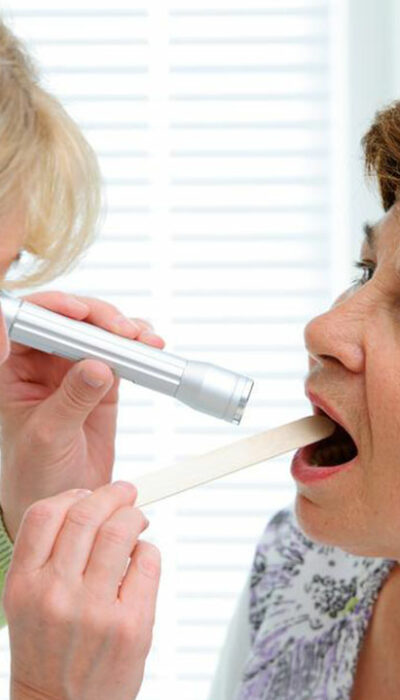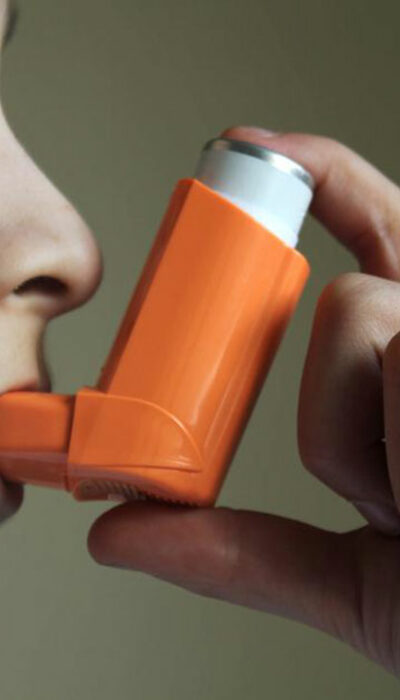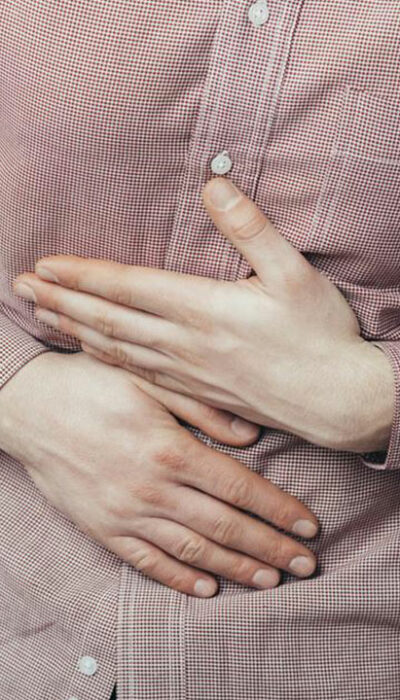
Different Types and Causes of Pneumonia You Should Know
Pneumonia is a health condition where the lungs or one of the lungs get infected. The infection causes the inflammation of air sacs. The sacs get filled with fluid or pus which makes it difficult to breathe. The infection can be caused by bacteria, fungus, virus, etc. The Pneumonia symptoms can vary from patient to patient depending on the intensity of the attack. The Pneumonia symptoms can be a cough, cough with phlegm, difficulty in breathing, chest pain, sweating, chills, fever, etc. The Pneumonia symptoms differ depending on the age of the patient and the type of pneumonia. Let us look at the classification of pneumonia based on the germs that cause the infection. Pneumonia symptoms caused by bacteria : The bacteria called Streptococcus pneumonia can cause the Pneumonia. The other kinds of bacteria such as Chlamydophila pneumonia and Legionella pneumophila can also cause bacterial pneumonia. Pneumonia symptoms caused by the virus : Pneumonia caused by viruses is less dangerous than bacterial pneumonia. Viral pneumonia usually affects children and older people as the lungs are weaker when compared with the younger and middle-aged people. Pneumonia symptoms caused by Mycoplasma : Pneumonia caused by Mycoplasma is less severe when compared to pneumonia caused by bacteria and virus. The adults and children above 12 years get infected with this kind of pneumonia. Pneumonia symptoms caused by the fungus : People with weak immune system get infected with this type of pneumonia where the fungi from the soil, bird droppings or any other source can cause the infection. Let us look the classification of Pneumonia based on the place where it was acquired: A person can get infected with bacteria during his/her stay in the hospital. This infection is dangerous as the bacteria would have become resistant to all kinds of medicine. A person can get infected with Pneumonia in an environment other than the hospitals which make it less dangerous comparatively.










